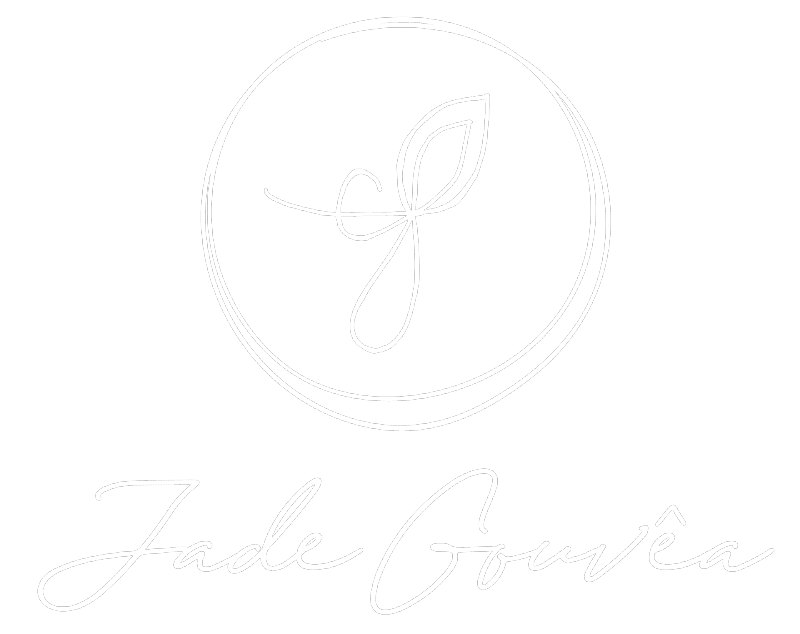Take 10 Minutes to Get Started With Youtube Promotions
In the vast ocean of digital web content, YouTube stands as a gigantic island of videos, drawing in billions of visitors daily. Central to this ecosystem is YouTube’s formula, an intricate system that curates and supplies customized content to its users. Over the years, YouTube’s algorithm has actually gone through significant changes, striving to maximize visitor experience, assistance developers, and maximize engagement. This post looks into the development, workings, and ramifications of YouTube’s formula optimization.
The Genesis of YouTube’s Formula

As the platform expanded, so did the diversity of its web content and user base. It became evident that a more innovative system was necessary to cater to diverse rate of interests and choices.
In 2012, YouTube introduced a substantial shift in its formula by highlighting watch time over views. This marked a zero hour in the system’s development. The reasoning was simple: a video with a high watch time is likely to be more appealing and important to visitors than one with a high click rate however reduced watch duration.
The watch time metric urged developers to create material that retained audiences, promoting quality over quantity. It additionally helped remove clickbait, as misleading thumbnails and titles would certainly cause shorter watch times, ultimately decreasing the video clip’s exposure.
Deep Learning and Customization
As synthetic knowledge (AI) and equipment understanding modern technologies progressed, YouTube leveraged these devices to additional improve its formula. The goal was to develop a tailored experience for each and every user. Deep discovering versions analyze vast quantities of information, consisting of an individual’s watch history, suches as, dislikes, and also browse background, to suggest content tailored to individual choices.
This personalization has actually been a game-changer. It keeps users involved for longer periods, as the formula continuously learns and adapts to their advancing tastes.
While watch time remains an important aspect, YouTube’s algorithm currently thinks about a wider series of engagement metrics. These include likes, comments, shares, and the frequency of uploads. Involvement metrics give a more alternative sight of a video’s effect and relevance.
A video clip with high engagement but modest watch time could still be advertised if it triggers significant discussions or is often shared. This multi-faceted method ensures that the algorithm identifies and awards numerous kinds of customer interaction.
Dealing With Misinformation and Harmful Material
With excellent power comes fantastic obligation. As YouTube’s impact grew, so did the analysis over its duty in spreading out false information and harmful web content. The algorithm’s optimization needed to balance advertising interesting content while reducing the spread of false info and dangerous ideologies.
In response, YouTube has actually applied stricter guidelines and more durable web content moderation. The formula now benches videos that breach neighborhood standards or spread out false information, while advertising reliable resources, particularly on subjects like wellness, national politics, and existing events.
The Maker’s Point of view
For material creators, comprehending and adjusting to YouTube’s formula is vital for success. The platform offers analytics devices that offer insights right into exactly how video clips perform, consisting of metrics like watch time, target market retention, and interaction prices.
Makers have had to evolve their techniques to line up with formula changes. This includes crafting compelling thumbnails and titles, maintaining regular upload schedules, and fostering area engagement through remarks and social media sites.
However, the ever-changing nature of the formula can be a double-edged sword. What functions today could not work tomorrow, requiring creators to stay agile and constantly adapt to brand-new fads and metrics.
The Visitor Experience
From an audience’s point of view, the formula’s optimization has actually normally improved the customer experience. Personalized referrals suggest that customers are more probable to find content that lines up with their interests, leading to longer and extra gratifying viewing sessions.
However, the algorithm’s emphasis on engagement can often cause the promo of thrilling or mentally billed web content. This “rabbit hole” impact can maintain customers addicted but additionally has the potential to amplify disruptive or extreme perspectives.
The Future of YouTube’s Formula
Looking ahead, YouTube’s formula will certainly remain to evolve, driven by innovations in AI and machine understanding. We can expect much more innovative customization, potentially including real-time data and anticipating analytics to prepare for customer choices before they also realize them.
Additionally, Professional YouTube marketing is likely to position a raising emphasis on openness and liability. Supplying individuals and developers with more quality on just how the formula works and what elements affect content recommendations will be critical in preserving count on and cultivating a favorable neighborhood.
Verdict
YouTube’s algorithm optimization is a facility and ever-evolving process that seeks to stabilize several goals: enhancing viewer experience, supporting makers, promoting quality material, and minimizing the spread of dangerous information. While it has changed the means we take in digital material, it likewise provides continuous challenges and moral considerations.
As the electronic landscape proceeds to advance, so as well will certainly YouTube’s formula. By staying in harmony with these adjustments, individuals and creators alike can browse this dynamic community, maximizing their interaction and satisfaction of the system.
Central to this ecological community is YouTube’s algorithm, an intricate system that curates and provides personalized content to its customers. Over the years, YouTube’s algorithm has actually gone through significant changes, striving to maximize customer experience, support designers, and optimize involvement. In 2012, YouTube introduced a significant change in its algorithm by highlighting watch time over sights. As man-made intelligence (AI) and equipment knowing technologies advanced, YouTube leveraged these tools to more fine-tune its algorithm. While watch time continues to be an important variable, YouTube’s formula currently thinks about a broader range of interaction metrics.

